In writing, you use tension to sustain a reader’s interest and keep the plot moving. However, building tension in your story in a way that is believable to your readers can be difficult for many beginning writers. Learn From the Best Jump To Section Why Is Tension Important in a Story? Dan Brown Teaches Writing Thrillers
Story Outline – Free Template & Example – Milanote
Tension can also help readers build an emotional connection with the story. If a likeable character is in danger, for instance, they’ll want to know how they fare.
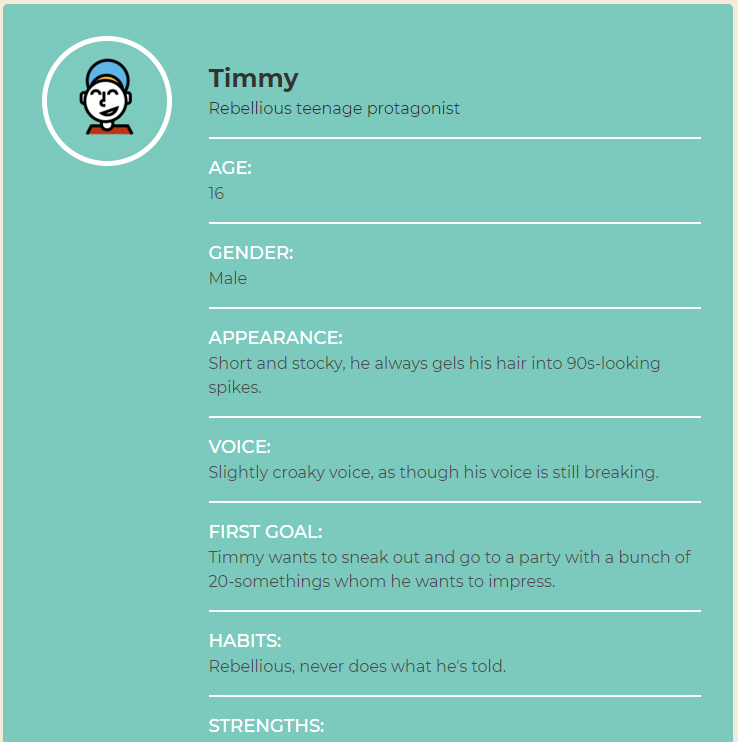
Source Image: nownovel.com
Download Image
Take romance for example, and Romeo and Juliet. The tension in that story is created by telling the reader that it matters little how much the pair love each other, as their love is forbidden. Shakespeare created a central conflict so strong that it in turn created tension on the page for the reader. How To Create Tension In Writing

Source Image: insights.bookbub.com
Download Image
Solved: Select the correct answer. How do authors use pacing to build tension in a story? A. They [algebra]
In simple terms, tension is that feeling of suspense or anxiety you get when you’re just dying to know what’s going to happen next. It’s an emotional investment, a sense of uncertainty that makes you worry about the characters and keeps you turning those pages. Tension plays a huge role in keeping readers’ noses stuck in your book.
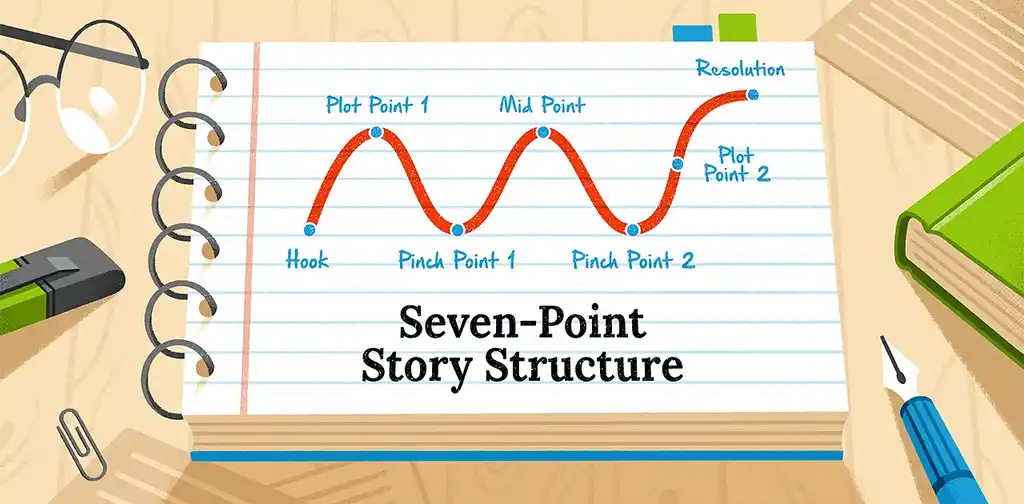
Source Image: blog.reedsy.com
Download Image
Why Do Authors Use Tension In A Story
In simple terms, tension is that feeling of suspense or anxiety you get when you’re just dying to know what’s going to happen next. It’s an emotional investment, a sense of uncertainty that makes you worry about the characters and keeps you turning those pages. Tension plays a huge role in keeping readers’ noses stuck in your book.
3: Keep raising the stakes. 4: Allow tension to ebb and flow. 5: Keep making the reader ask questions. 6: Create internal and external conflict. 7: Create secondary sources of tension. 8: Make the story unfold in a shorter space of time. 1. Create a conflict crucial to your characters.
The Seven-Point Story Structure: From Idea to Plot in 5 Steps
Apr 13, 2022Conclusion What Is Tension In A Story? In literature, tension is the feeling of suspense or excitement that comes from a story with an uncertain outcome. Tension builds as the story develops, and it is typically resolved in the climax when the protagonist faces off against the antagonist.
The Writers Alley: The Four Types of Dramatic Tension – Part One

Source Image: thewritersalleys.blogspot.com
Download Image
Author Groupies | Isiklik blogi
Apr 13, 2022Conclusion What Is Tension In A Story? In literature, tension is the feeling of suspense or excitement that comes from a story with an uncertain outcome. Tension builds as the story develops, and it is typically resolved in the climax when the protagonist faces off against the antagonist.

Source Image: et-ee.facebook.com
Download Image
Story Outline – Free Template & Example – Milanote
In writing, you use tension to sustain a reader’s interest and keep the plot moving. However, building tension in your story in a way that is believable to your readers can be difficult for many beginning writers. Learn From the Best Jump To Section Why Is Tension Important in a Story? Dan Brown Teaches Writing Thrillers
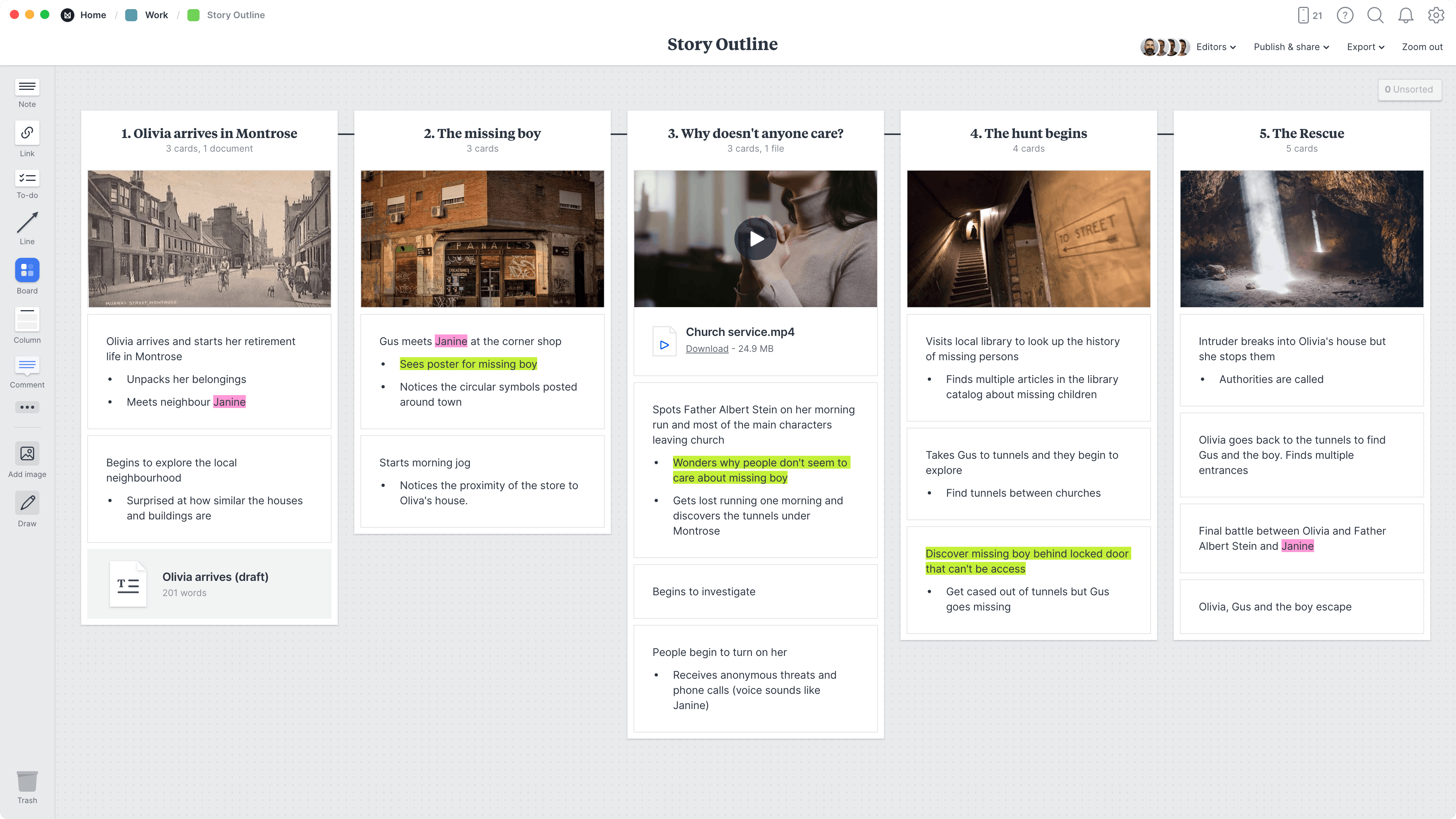
Source Image: milanote.com
Download Image
Solved: Select the correct answer. How do authors use pacing to build tension in a story? A. They [algebra]
Take romance for example, and Romeo and Juliet. The tension in that story is created by telling the reader that it matters little how much the pair love each other, as their love is forbidden. Shakespeare created a central conflict so strong that it in turn created tension on the page for the reader. How To Create Tension In Writing
Source Image: gauthmath.com
Download Image
How Suspense and Tension Work Together to Increase Story Impact | Jane Friedman
This is the third post in my four-part series on ANTS, my framework for understanding what a story needs to keep readers engaged. Previously, I’ve covered attachment and novelty.Now it’s time to look at the big reason why stories have a plot structure: tension. Cultivating tension is usually one of the first and most important skills a new storyteller learns.

Source Image: janefriedman.com
Download Image
How To Write A Mystery Short Story: An In-depth Guide
In simple terms, tension is that feeling of suspense or anxiety you get when you’re just dying to know what’s going to happen next. It’s an emotional investment, a sense of uncertainty that makes you worry about the characters and keeps you turning those pages. Tension plays a huge role in keeping readers’ noses stuck in your book.
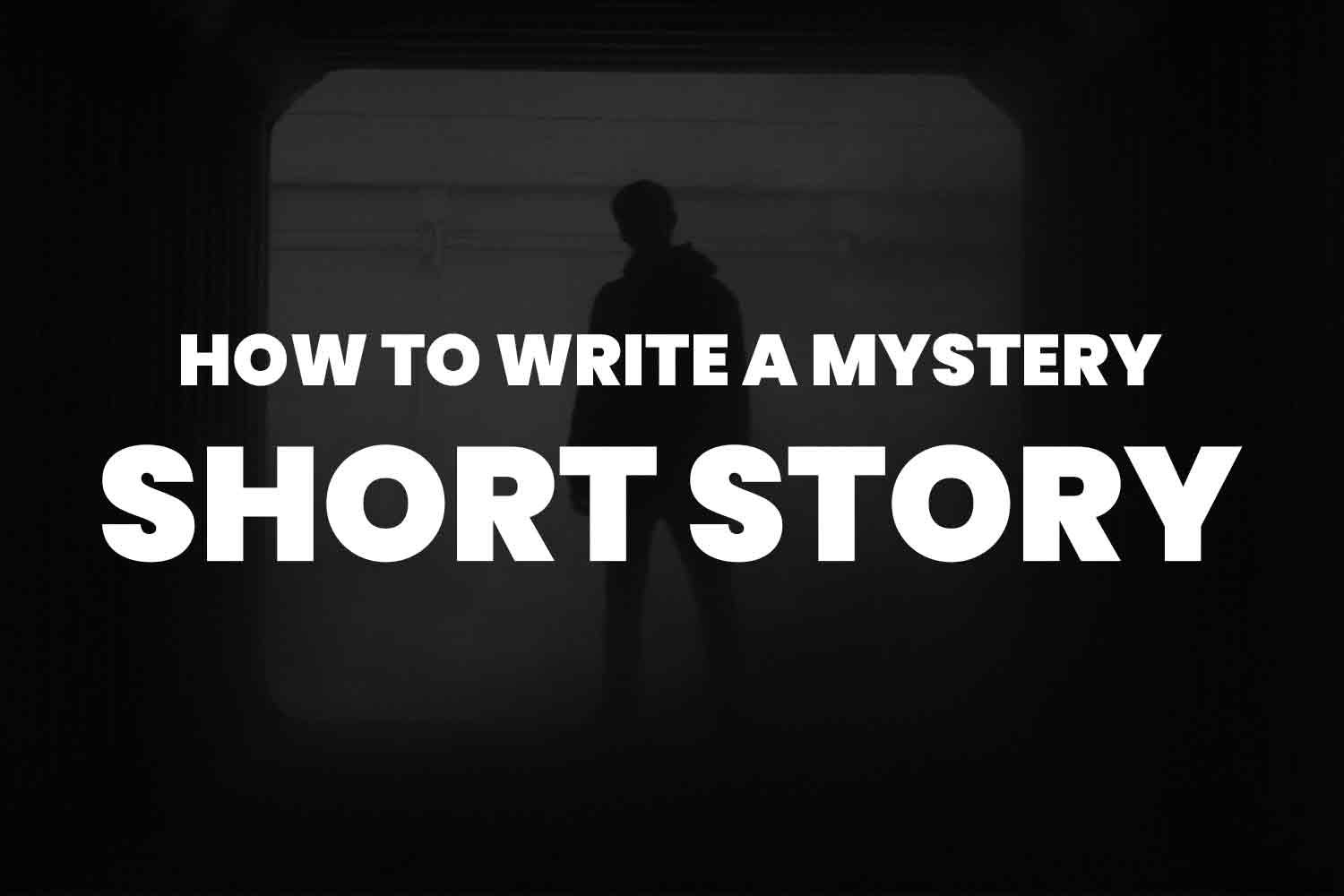
Source Image: robinpiree.com
Download Image
Prologue in a Book: The Story Before the Story
3: Keep raising the stakes. 4: Allow tension to ebb and flow. 5: Keep making the reader ask questions. 6: Create internal and external conflict. 7: Create secondary sources of tension. 8: Make the story unfold in a shorter space of time. 1. Create a conflict crucial to your characters.
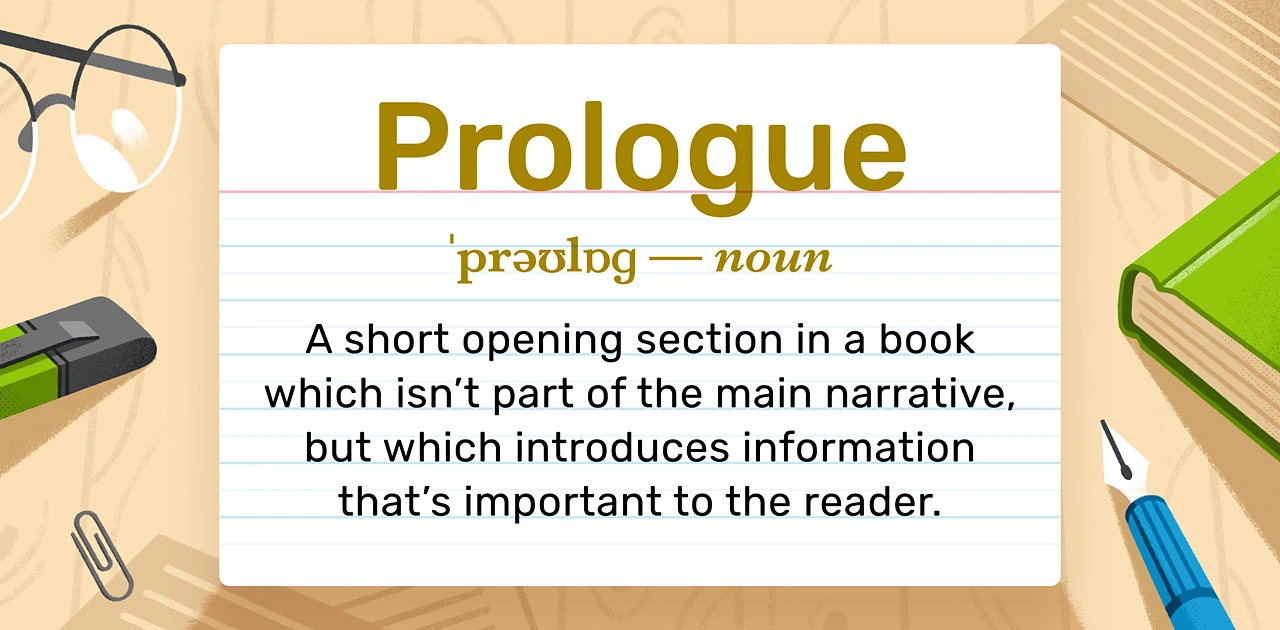
Source Image: blog.reedsy.com
Download Image
Author Groupies | Isiklik blogi
Prologue in a Book: The Story Before the Story
Tension can also help readers build an emotional connection with the story. If a likeable character is in danger, for instance, they’ll want to know how they fare.
Solved: Select the correct answer. How do authors use pacing to build tension in a story? A. They [algebra] How To Write A Mystery Short Story: An In-depth Guide
This is the third post in my four-part series on ANTS, my framework for understanding what a story needs to keep readers engaged. Previously, I’ve covered attachment and novelty.Now it’s time to look at the big reason why stories have a plot structure: tension. Cultivating tension is usually one of the first and most important skills a new storyteller learns.